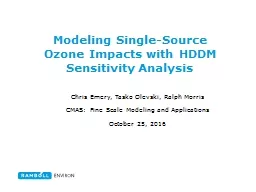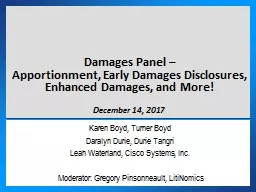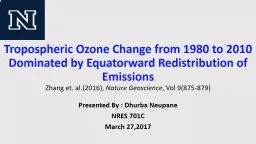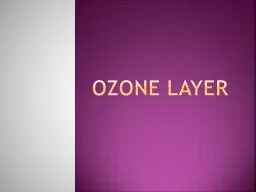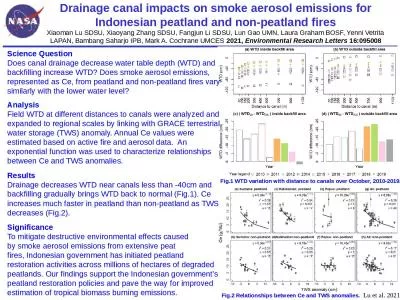PPT-Damages of aerosol and ozone precursor emissions to health,
Author : karlyn-bohler | Published Date : 2017-10-15
Daven K Henze Jana Milford Kristen Brown Forrest Lacey Kateryna Lapina University of Colorado Boulder NASA AQAST NNX11AI54G 83521101 Integrated Assessment Toolkits
Presentation Embed Code
Download Presentation
Download Presentation The PPT/PDF document "Damages of aerosol and ozone precursor e..." is the property of its rightful owner. Permission is granted to download and print the materials on this website for personal, non-commercial use only, and to display it on your personal computer provided you do not modify the materials and that you retain all copyright notices contained in the materials. By downloading content from our website, you accept the terms of this agreement.
Damages of aerosol and ozone precursor emissions to health,: Transcript
Download Rules Of Document
"Damages of aerosol and ozone precursor emissions to health,"The content belongs to its owner. You may download and print it for personal use, without modification, and keep all copyright notices. By downloading, you agree to these terms.
Related Documents

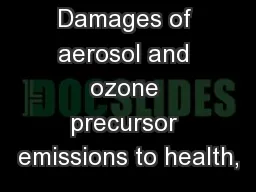
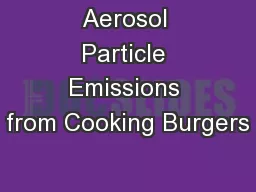

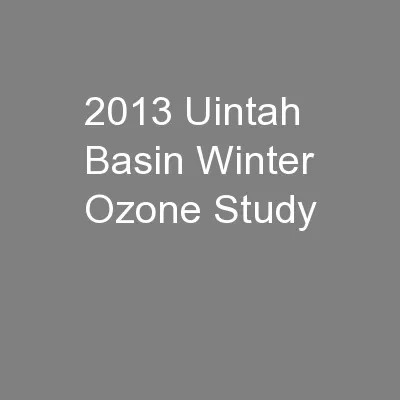
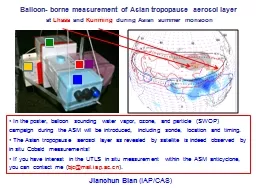
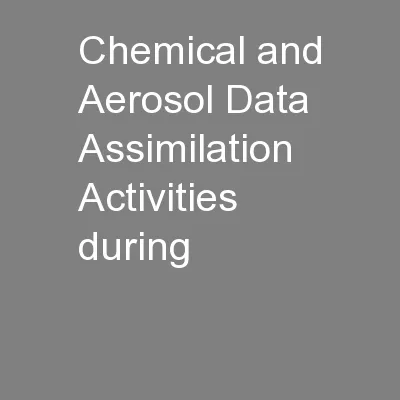
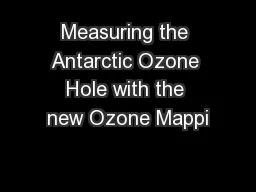
![[Air Quality Forecasting]](https://thumbs.docslides.com/563053/air-quality-forecasting.jpg)
